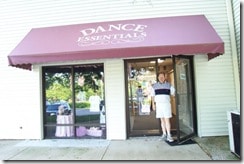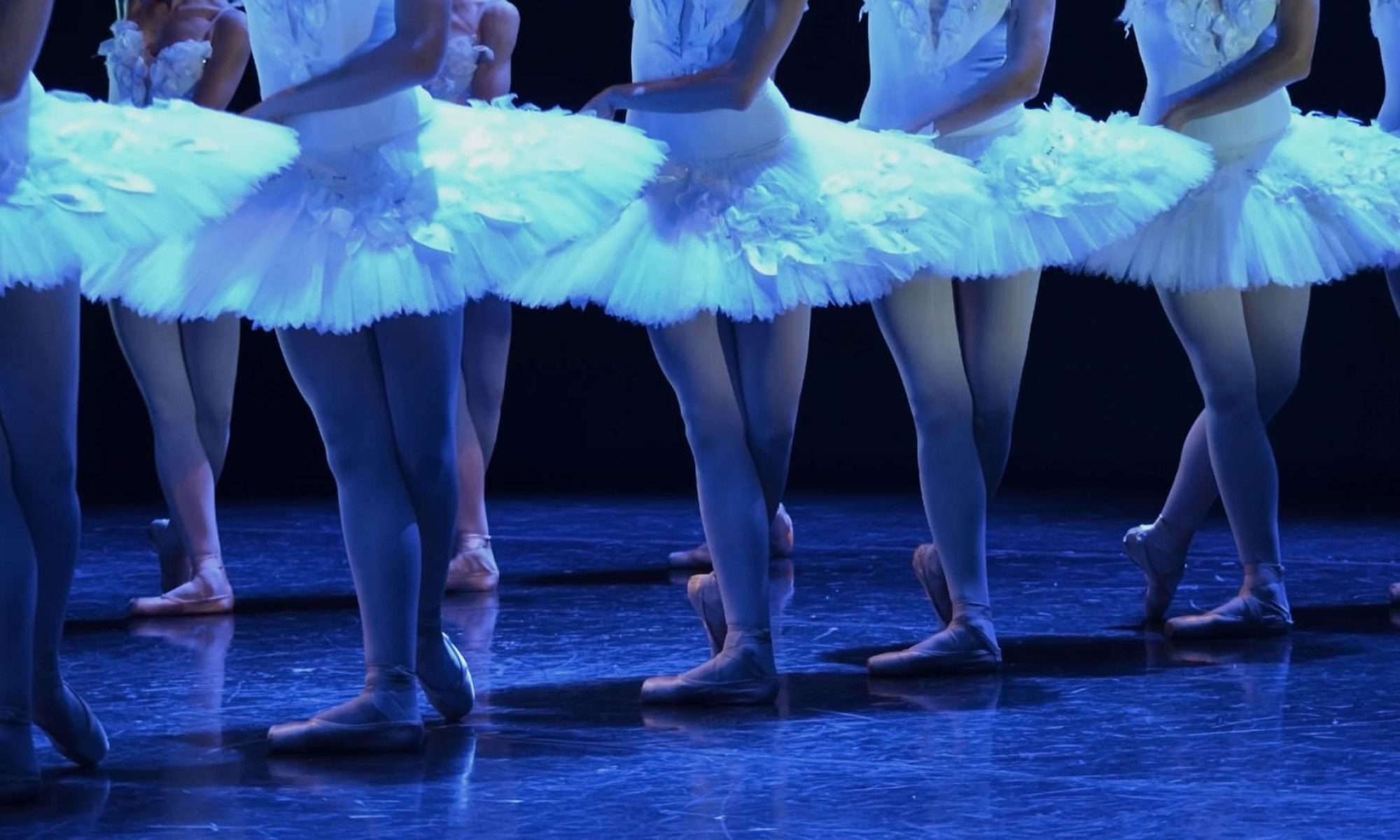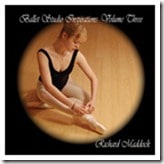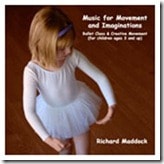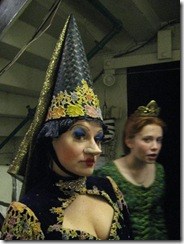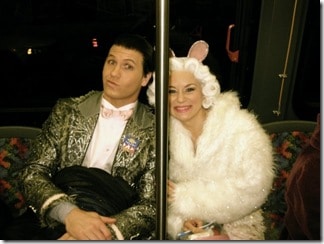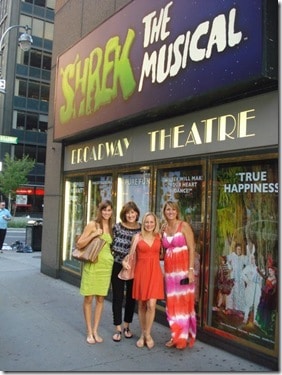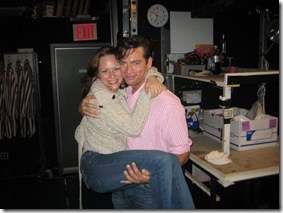I was teaching at a dance school that was located in a former church, and I also made little stuffed teddy bears with tutus and earrings that I sold for $10. I guess the selling bug got to me, and over the summer I had the idea to use a room in the basement of the dance school to set up a trade of shoes. Many kids outgrow their tap and ballet shoes before they are really worn out, so we painted the words Dance Exchange on a long board and attached it to the railing behind the building where steps led down to the basement. We were blown away by how many people came from other dance schools, and how many people wanted to get brand new items from us.
So, being the enterprising people that we are, my husband and I found a few companies that would sell to us at wholesale prices! All we really needed was a phone number, and we already had an address to use for shipments. The studio owner said it would be okay, so we set up a real shop. One day we were in downtown Lexington, KY where we passed this small space for rent right beside a guy who sold stained glass. We started getting excited and called to learn more. It was 600 square feet and we could have it for $350 a month! This was in 1993 right before Christmas. My mother-in-law and her sister came to help us set up, and we found an old (but nice looking) case to use for our cash register and several rounders and other types of things to hold our clothing on and attach to the walls to store our tights and some shoes. There wasn’t a back room, so we had to have all our shoes and stock right out in the store, stacked clear to the ceiling. My parents decided to invest some money into the store, so we were able to begin carrying brands like Capezio, Bloch, Danskin, etc. For credibility, we asked all the professional dancers who shopped at our store to give us an 8X10 picture of themselves that they would sign. We framed each one and hung them near the mirror at the shoe trying on area.
Shortly after starting our store, I became pregnant with our first child. We moved into an apartment right next door to the store, which came in handy because we only had one car and Arthur was still in college. The following year, after Deanna was born, my parents decided to move from Indiana to Kentucky to help us out with the store and the baby. My father retired from teaching high school English, drama, and speech, and I was so grateful to have them nearby. In addition to the store, I was teaching at two or three private ballet schools. Our store took off! The other store in town wasn’t very accommodating to the needs of dancers, and we had a professional company in town, as well as many schools of dance. We got in canvas ballet slippers, pointe shoes from Freed, Grishko, Repetto, Sansha, Gaynor Minden (to name a few…we carried over 20 brands of pointe shoes!). I got more classical leotards than the other store carried (they catered more to aerobics and cheerleader-types).
In 1996, we decided to move our store to a better location with parking and more space inside. We also moved to an apartment close to that store. It had a storage room for shoes (yay!) and for a desk to do our behind the scenes work. We got more equipment from the outlet store in Mt. Sterling so we could display even more clothing and shoes and tights. We gained quite a few more customers and it was going great guns. My second child, Deborah, was born in 1997 and my mom and I worked at the store with her in her little carrier, while Deanna attended a daycare/preschool part time during the days. My dad also watched Deanna quite a bit and read to her a lot, which I believe is why she loves to read to this very day.
A year or two later, the tenants in the small shop beside ours left, and we decided to rent that space and tear down some walls to make our store even bigger. We moved our shoe section into that space, as well as all our children’s wear. We also added a little table and chairs and a basket full of toys so that when shoppers came in with their young children they were occupied while they shopped. We made laminated discount cards for all the teachers, and were generous about giving the low paid professional dancers 25% off their pointe shoes. Many of those dancers also worked at our store part-time, and we didn’t pay a lot per hour but we gave them 40% off anything they wanted in the store. It was wonderful, because it gave our store a lot of credibility, and teachers trusted our employees to fit their students into new pointe shoes properly. We also knew the dress codes at schools that used them so we’d have those items in stock, and knew what types of pointe shoes teachers liked to start beginners out in.
It was such a wonderful time, working with my parents was the highlight, as well as being able to have my children there in the store. In 2003 we sold the store and it continued to run for a few years. The last time we drove through Kentucky we passed by the store and it was empty. Now the dancers from Lexington go to Louisville to get their new pointe shoes. It was a lot of work, and I doubt we’d have done it if we’d known what was involved! But I’m so happy that we did this as a family.










